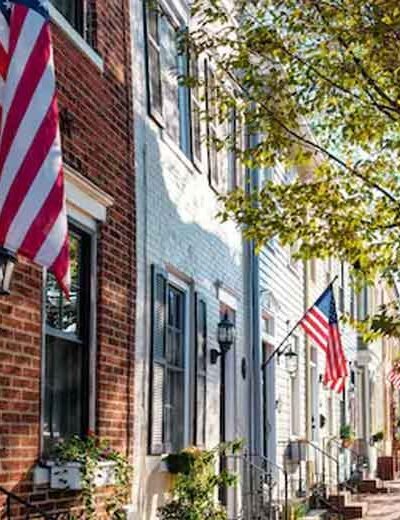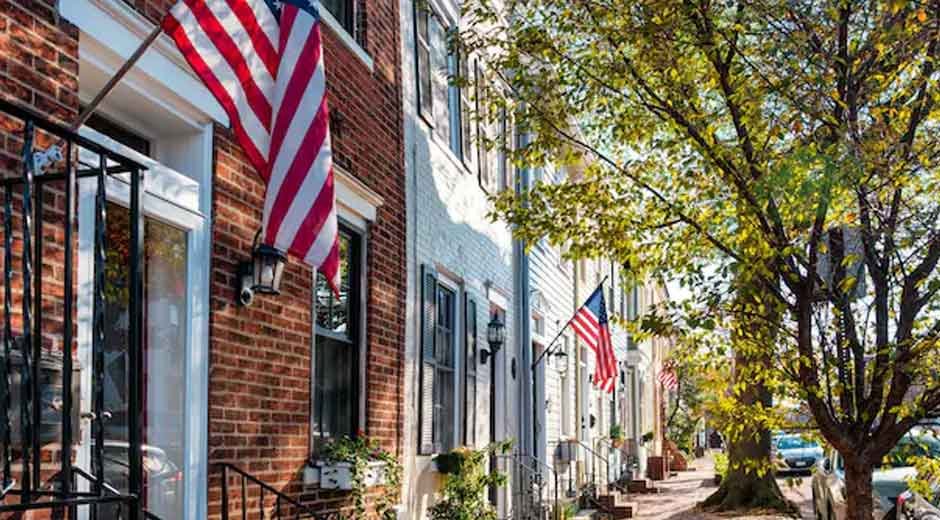Planning a trip to the United States is an exciting endeavor, offering a diverse range of experiences from the bustling streets of New York City to the breathtaking landscapes of the Grand Canyon. However, navigating the logistics of travel can be daunting, especially if it’s your first time. Here are seven essential things you should know before embarking on your US adventure.
Understanding Visa Requirements
Before you even book your flight, it’s crucial to understand the visa requirements for entering the United States. Depending on your nationality, you may need to apply for a visa or be eligible for the Visa Waiver Program (VWP). The VWP allows citizens from certain countries to travel to the US for tourism or business for up to 90 days without a visa. However, you must register through the Electronic System for Travel Authorization (ESTA) before your trip. For those requiring a visa, familiarize yourself with the necessary USCIS immigration forms and processes, as this can be time-consuming.
Currency and Payment Methods
While the US dollar is the standard currency, payment methods in the United States may differ from those in your home country. Credit and debit cards are widely accepted, and mobile payment options like Apple Pay and Google Wallet are increasingly popular. It’s advisable to carry some cash for smaller establishments or in areas where card payments might not be accepted. Be mindful of transaction fees that your bank may charge for international purchases.
Tipping Culture
Tipping is an ingrained part of US culture, often causing confusion for international visitors. In the United States, service workers in restaurants, taxis, and hotels rely on tips as a significant portion of their income. Generally, tipping 15-20% of the total bill in restaurants is customary. For taxi drivers, a tip of 10-15% is standard, while hotel staff such as bellhops and housekeeping typically receive $1-2 per service. Understanding this cultural norm will help you budget accordingly and avoid any awkward situations.
Transportation Options
The United States is vast, and transportation options vary widely depending on your location. In major cities, public transportation systems like subways and buses provide convenient and cost-effective ways to get around. In more rural areas, renting a car might be necessary to explore at your own pace. Ride-sharing services like Uber and Lyft offer additional flexibility in urban areas. If you plan to drive, remember to familiarize yourself with local traffic laws and road signs, as they can differ from those in your home country.
Health and Travel Insurance
Healthcare in the United States can be expensive, so purchasing travel insurance is highly recommended. Travel insurance can cover unexpected medical expenses, trip cancellations, and other unforeseen events that might disrupt your travel plans. Make sure your policy provides adequate coverage for your needs, especially if you plan on participating in activities like skiing or hiking that might carry additional risks.
Cultural Sensitivities and Etiquette
The United States is a melting pot of cultures, and while it’s generally an open and friendly society, it’s important to be aware of cultural sensitivities. Americans value personal space, so maintaining an appropriate distance in social settings is appreciated. While casual dress is common, certain venues like upscale restaurants or theaters may require more formal attire. Additionally, engaging in polite conversation and showing interest in local customs can enhance your experience and interactions.
Emergency Numbers and Safety
Safety is a priority, and knowing the local emergency numbers is essential. In the United States, dialing 911 will connect you to emergency services for police, fire, and medical assistance. It’s also wise to have the contact information for your country’s embassy or consulate in case of any legal or travel-related issues. Staying informed about the areas you plan to visit and taking basic safety precautions, such as keeping an eye on your belongings and avoiding poorly lit areas at night, can help ensure a safe trip.
In conclusion, a little preparation goes a long way toward ensuring a smooth and enjoyable trip to the United States. By understanding visa requirements, familiarizing yourself with local customs, and planning for transportation and health needs, you’ll be better equipped to make the most of your US journey. Whether you’re exploring the cultural landmarks of Washington, D.C., or the natural wonders of Yosemite National Park, these tips will help you navigate the practicalities of travel and focus on creating unforgettable memories. Safe travels!






Leave a Reply